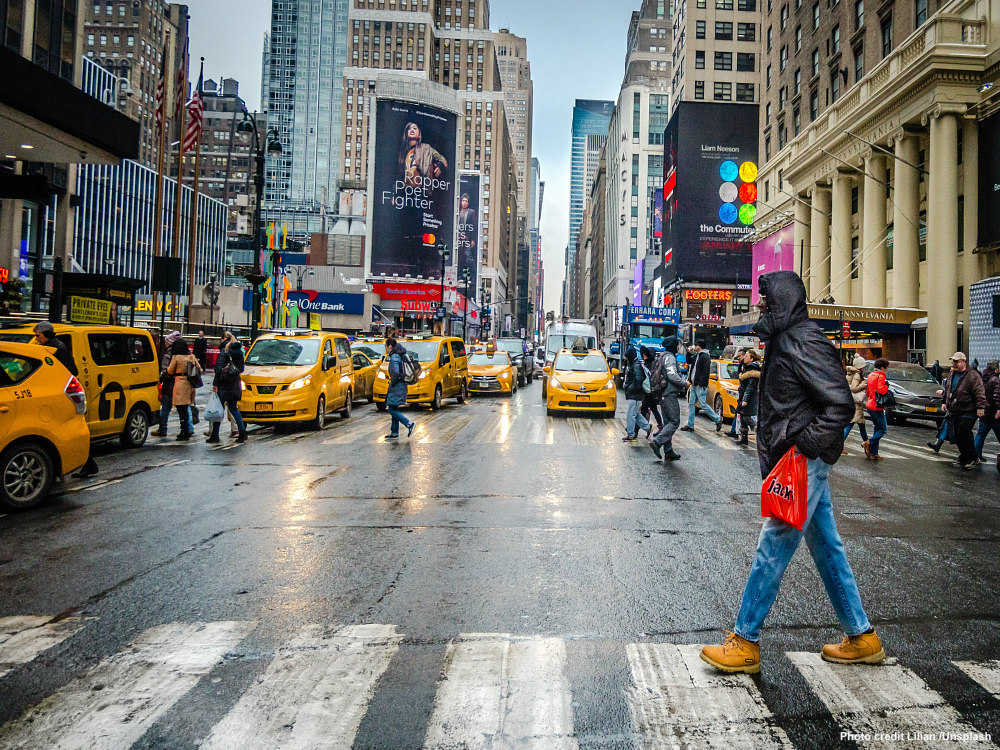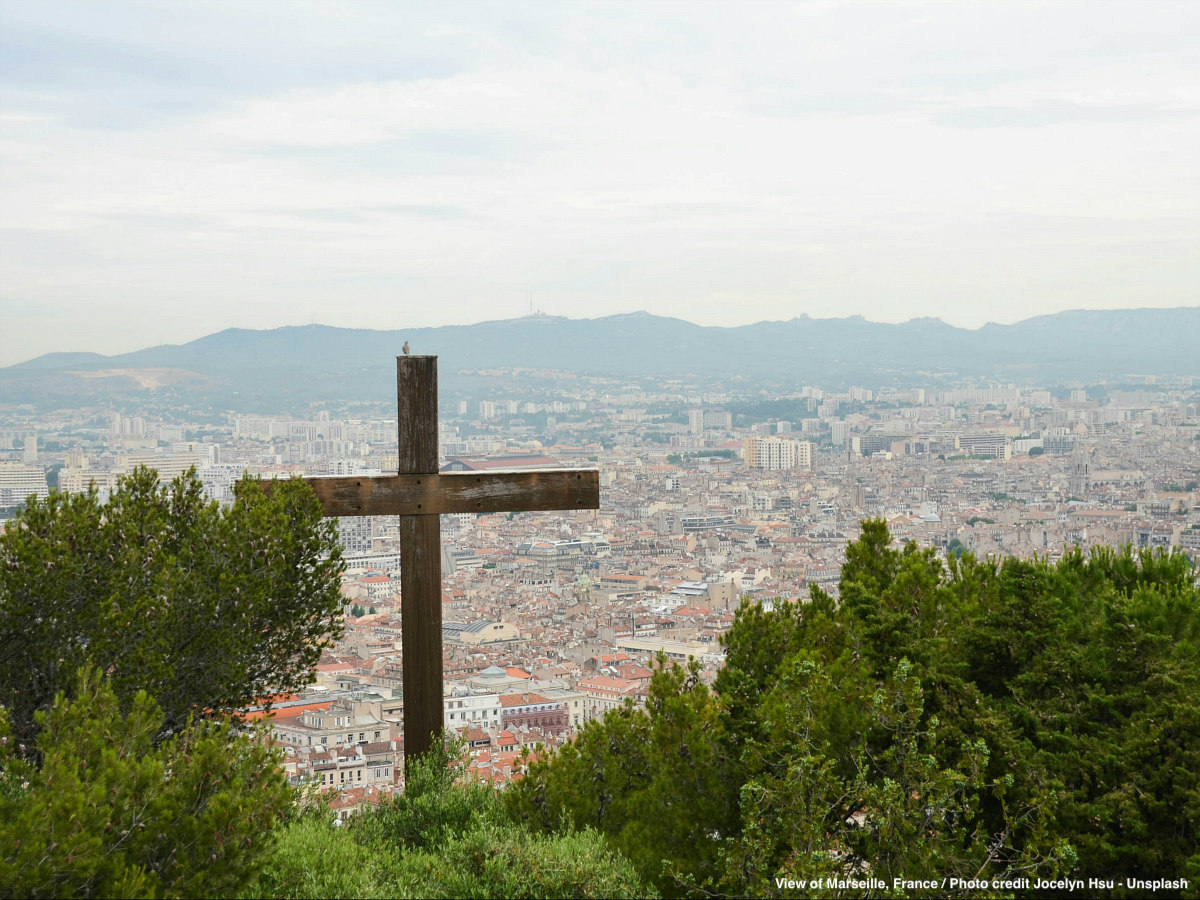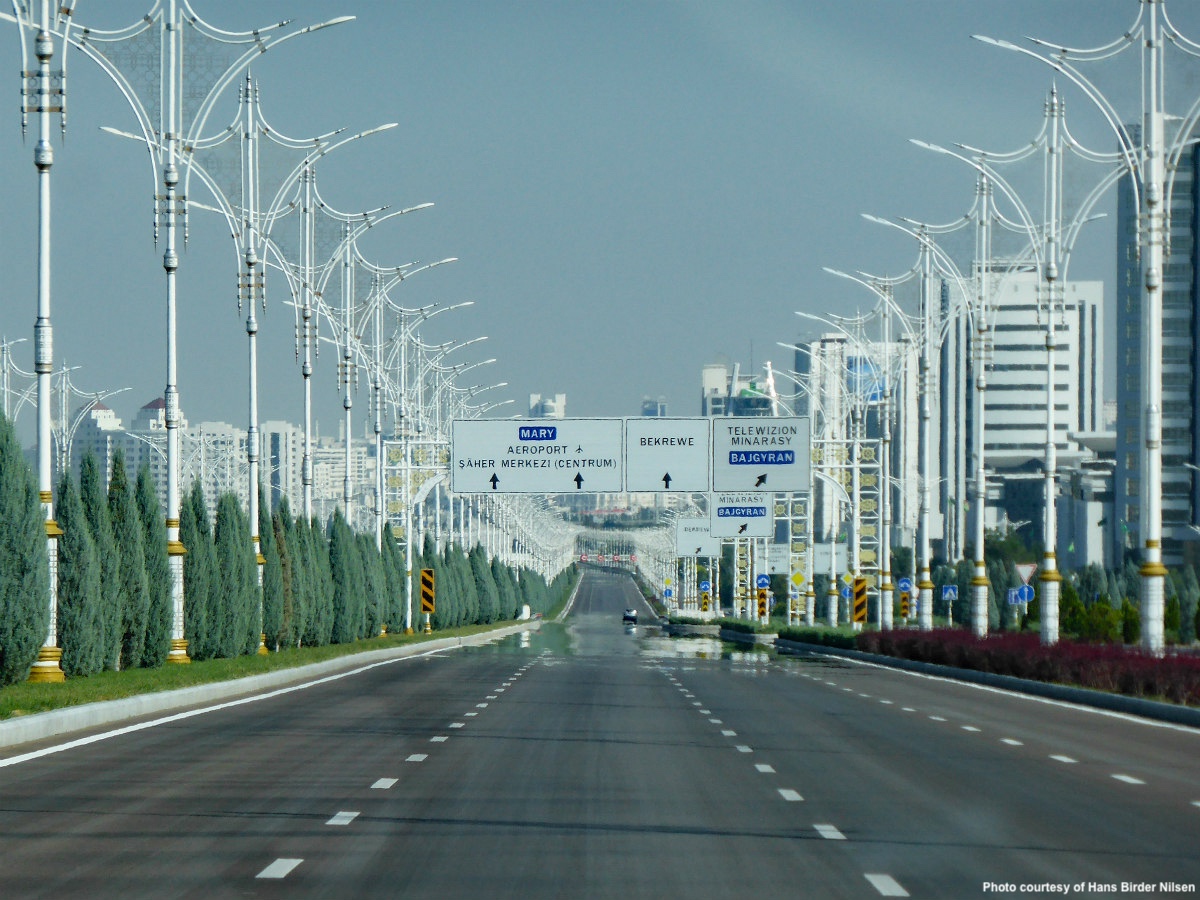Fear rarely suits New York. Scenes of kids in the 70s playing a roller-skate version of improvised hockey on a sidewalk or the street, despite the gangs and muggers roaming around, are relics of the old human-scale city gone long ago. However, some New Yorkers suggest that this improvised life at street level still lives in places such as in the frenzy commuting of Penn Station, whose cult chaos has taken over a neighbourhood with historic buildings and small businesses worth preserving. Meanwhile, others have welcomed big plans in this neighbourhood that will supposedly uphold the renovation of the much-hated Penn Station.
But activists warn; the proposed project by the mega-real estate firm Vornado Realty Trust to build ten giant glass towers around the station – a project that requires the demolition of historic buildings and evictions of residents – is not necessary in order to have a world-class transit hub. Misconception and the polarisation of New Yorkers over the issue may play into the hands of real estate interests. Again, the urban development of New York faces anger from all directions: for people to whom historical preservation and benefits at street level matters, New York is losing its distinctive character; to pro real estate planners and citizens that say opposition to these towers hinders economic growth.

Similar situations abound, such as when neighbours tried to save the trees in Corlears Hook Park in the Lower East Side against the coastal-resiliency project to prevent flooding; or in the fight for light at street level against the acclaimed hyper-density of super-tall buildings; or even the recent fight for the sheds inherited from the pandemic in the streets of New York. Two years on, it is clear that the pandemic did not bring us together to imagine the city we all want.
The plans for Penn Station epitomises a culture war for the city of New York, but make no mistake, the opposition to Vornado’s plan is not about YIMBYs or NIMBYs, explains Lynn Ellsworth, co-founder of the Alliance for a Human-scale City in New York City. We are all SWABI, she says, “Someone With A Better Idea”. This alliance is an informal coalition of community organisations and civic groups concerned with city planning, over-development, supertalls, tenants’ rights, preservation, parks, and public space management across all five boroughs.
We support the renovation of Penn Station but there is no need to depend on Vornado for it. In fact, Vornado is not offering to fix up Penn Station, they just want to build ten towers around it, says Ellsworth.
The spread of this confusion over the renovation of Penn Station speaks of a much wider problem rooted in the conflict of interests between politicians, urban developers and real estate companies. And yet it is hard to discuss this without feeling that you are being eye-rolled at. For as long as the city has been wrestling with urban development, bad-tempered counter-complaints have come from those who are less troubled about the city’s stratospheric architecture. But the fight should be against a baffling real estate eco-system that sees the city as a growth machine, claims Ellsworth, rather than against any obfuscation to preserve less charming buildings, apparently for some, including new Penn Station. Vornado argues that the rents they proposed that office towers will generate, could be used for the renovation of Penn Station. However, the station is already being fixed up with other funds, explains Ellsworth, and could also profit from the Federal government grants from the infrastructure bill that was recently passed.
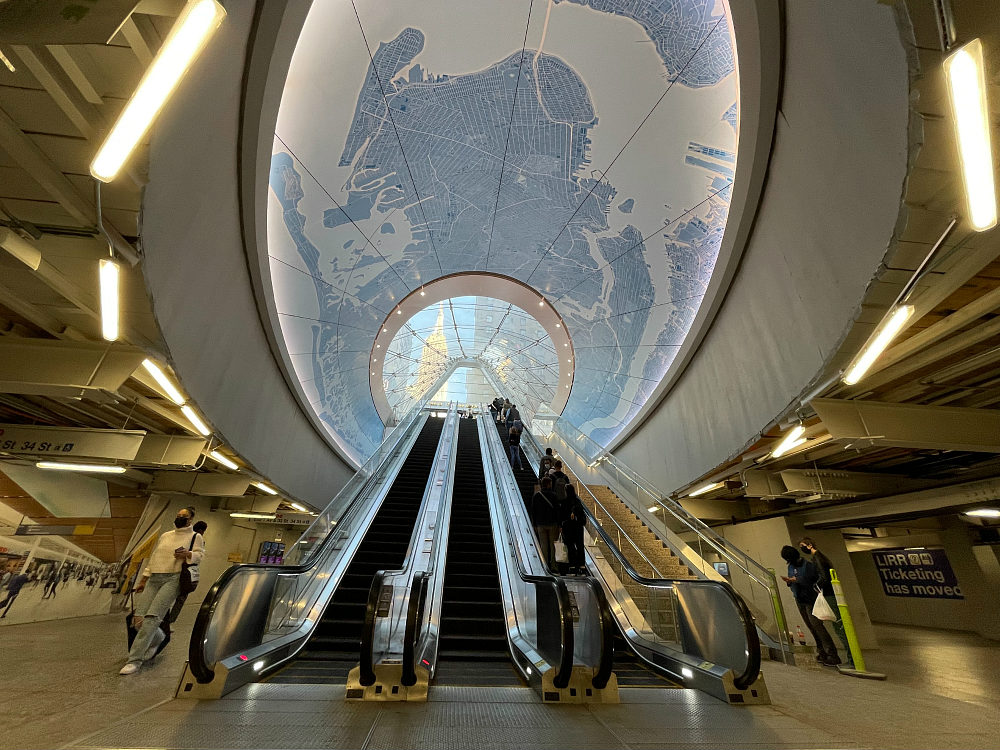
Ellsworth, an economist specialised in economic development, is used to navigate policies, and has applied these skills to the complexity of urban planning in New York to track down where the executive power is held accountable for decision making in the city’s development. That complexity is not easily accessible to ordinary New Yorkers, who only get to judge a project by its aesthetics without knowing why or how they got to those choices in the first place. A good governance of the city is in the best interest of all New Yorkers, no matter what opinion they have about Penn Station and its neighbourhood.
“Corruption matters in and for cities. Tremendously,” explains Dieter Zinnbauer, researcher on urban governance, currently fellow of the European Union-funded Marie-Skłodowska-Curie program, and former research manager at Transparency International. In his research he states that cities have so far not been recognised as the important sites of analysis and action that they actually are. “To put it a bit provocatively, the urban condition is a bit of a blind-spot for the anti-corruption community. But the analysis also shows that this is gradually changing, and cities are beginning to assume a more prominent role in the accountability and integrity arena.”
In addition, Ellsworth started to research the affordable housing policy and the problem of indiscriminate height in Manhattan dating back to 2015. New York is a very special case, explains Ellsworth, because literally any investor comes to New York to invest in real estate, from the Uganda Pension Fund to the Real Estate Investment Trust. When it comes to the proliferation of hyper-high towers, investors who want to make money, assume the city can have an infinite growth population, which is rather impossible, bemoans Ellsworth.
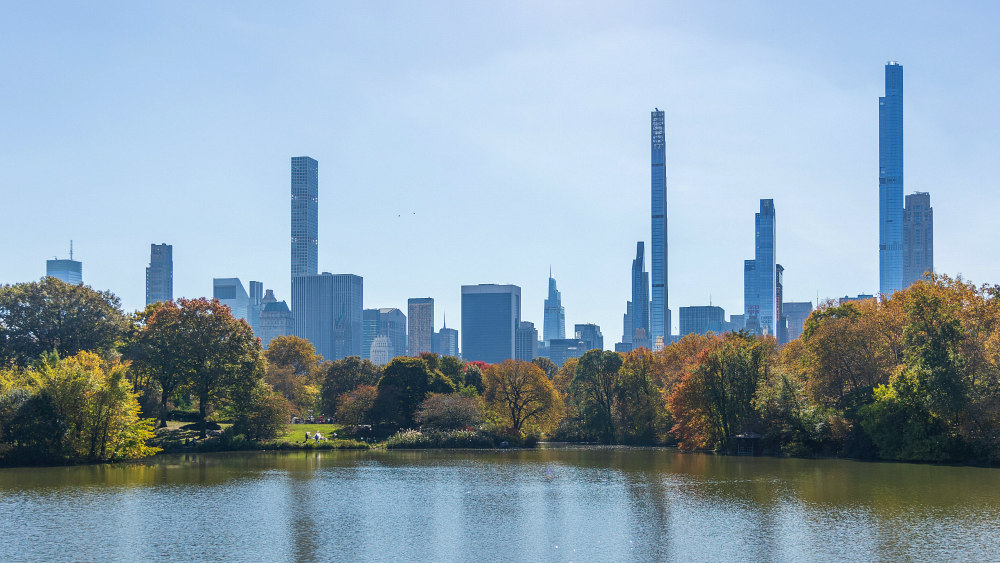
Developers would also argue that if they build enough luxury units it will eventually trickle-down to everybody else in the city. True, says Ellsworth. So is the fact that those billionaires don’t actually live here. The apartments are an asset not a residence, hence almost no city income tax is collected, only significantly lower property tax paid by investors.
We can long discuss zoning laws, air rights, affordable housing, how other cities regulate views or why New York continues to trust its silhouette to questionable owners like Russian oligarchs or dubious shell companies with dirty money. The question is, reckons Ellsworth, why certain real estate companies get the permits to build these properties in the first place. Without doubting the good faith in which some urban projects have transformed the city, necessary reforms should be carried out in the hope that each new tower or major development will finally stop being a Groundhog Day of disastrous urban governance.
“There are many reforms that the city of New York needs, but if I had to pick two, explains Ellsworth, the first priority for reform would be to fix the New York City and New York State campaign finance laws. Elections need to be publicly funded so as to reduce the influence that the real estate industry has on our politicians. The second reform would be to amend our city charter so as to create criteria for appointment to serving on regulatory agencies that have to do with real estate, land use, and economic development. We need to insert stronger conflicts of interest rules for those appointments, forbid lobbyists from serving, and require that these agencies not be dominated by industry insiders.”
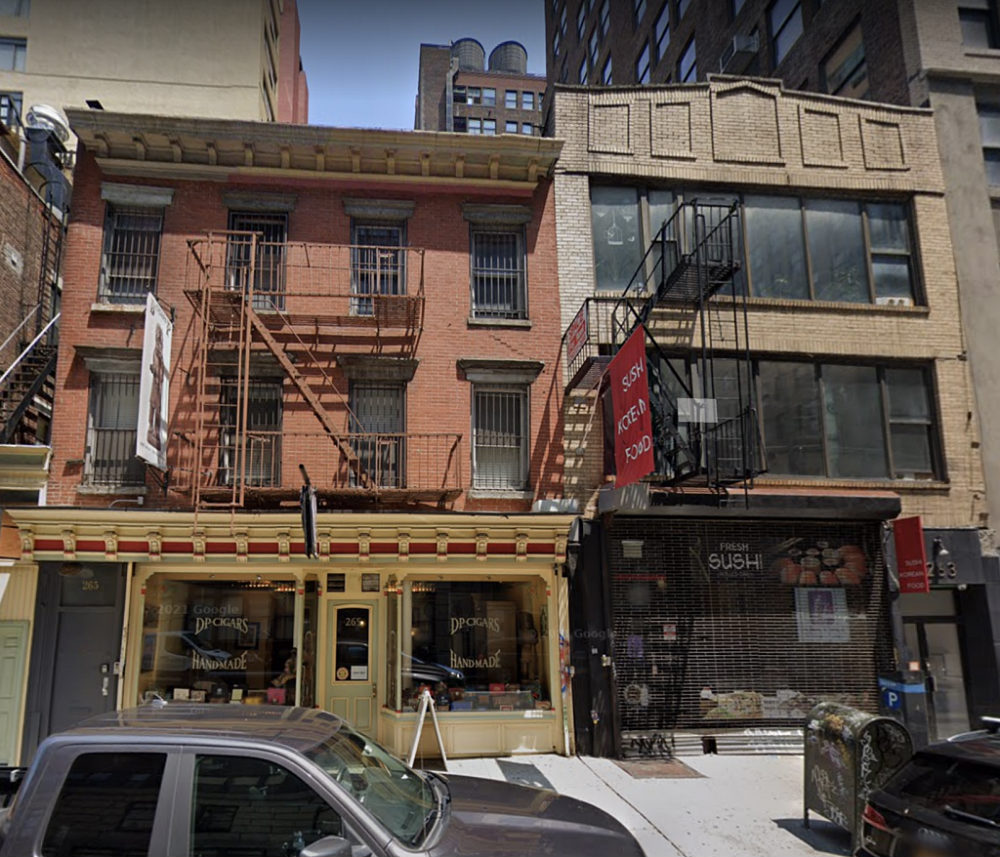
Ellsworth moved to New York as a young woman from a town in Illinois. She tells me about her personal struggle in the big city, alone and with very little resources at a time when New York City entered a serious fiscal crisis, and faced the prospect of defaulting on its obligations and declaring bankruptcy in the 70s. She lived in one of those brownstone row houses where rooms were crowded with beds to accommodate young broke women who attended college. She did any kind of job to earn some money and her meal of the day was one of those breakfast for 99 cents at diners.
Back then New York had a niche for everyone, I got myself to college and I fell in love with the city because it was full of opportunities. I experienced a city that was able to create a great world of opportunity for anyone, says Ellsworth.
After spending years working in aid in Africa, she came back to settle in New York and made a life in this city of her choice. Here I found a place in the world for me, she explains, at that time, I didn’t realise that it was in an historic district. Then I became attached.
Under the Bloomberg administration they tried to demolish her neighbourhood, which is how she became involved in historic preservation and founded the grassroots organisation Tribeca Trust. Soon she realised that the limits of New York to take care of its past were the consequence of a rigged system. That led her to bring New Yorkers together within the Alliance for a Human-scale City. I asked what she would say to those who criticise them as NYMBIS.
“Unfortunately having an opinion about some urban development at all now means picking a side. Stepping up the conversation has a great potential to develop fresh ideas as long as this idea can get through the tremendous obstacle of the real estate inner-circle”.
Ellsworth remains hopeful although her fight has been a long journey. Currently there are two council representatives elected who are sympathetic to a human scale vision for the city. For that constituency, it took two election cycles but she is not giving up to ensure New York is more responsive to the needs of citizens and make corrupt practices much harder. In the inflamed, ever more popular arena of municipal urban planning, let’s hope New Yorkers stand united for a transparent process in the renovation of a world-class Penn Station to move you, to flatter you and that mirrors a collective identity that respects the great history of this city.
